Ohm's Law
Ohm’s Law, Resistance and Resistivity
Resistance
- Current, I - Flow of electrons around the circuit (Amps): how fast the electrons travel around
- Voltage, V - Driving force that pushes electrons (Volts): electrical pressure
- Resistance, R - Slows down the electrons (Ohms): resists the flow of the electrons
Resistance = Voltage / Current
R = V / I
Unit of resistance: Ohm, Ω
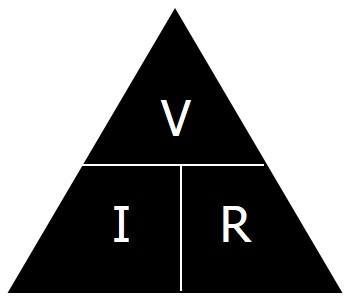
The graphs below represent typical results obtained for a metal wire at constant temperature, a filament lamp, and a diode:
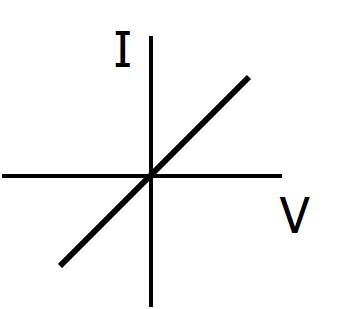
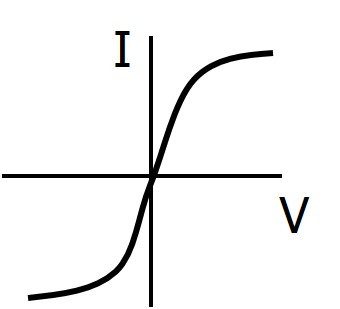
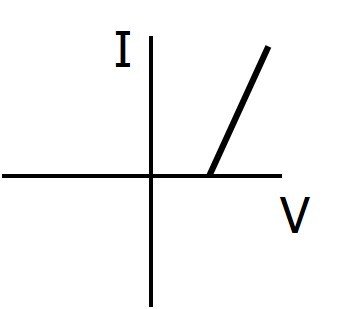
Wire Bulb Diode
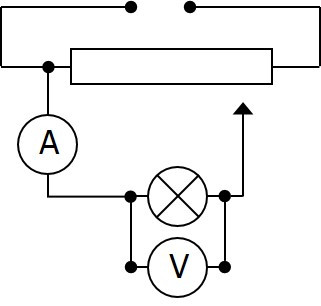
A potential divider is used to investigate how the current passing in a component is dependent on the voltage across it.
Resistivity
unit: Ohm metres, Ωm
The physical dimensions and the cross sectional area have a direct effect on the resistance of a resistor. The resistance of a sample of material is directly proportional to the length and inversely proportional to its cross sectional area.
Hence: R∝ I / A
The resistive properties of a resistor are measured by its resistivity, ρ
When this is taken into account, the formula becomes:
R = ρL / A
where L = length of material, A = cross sectional area
